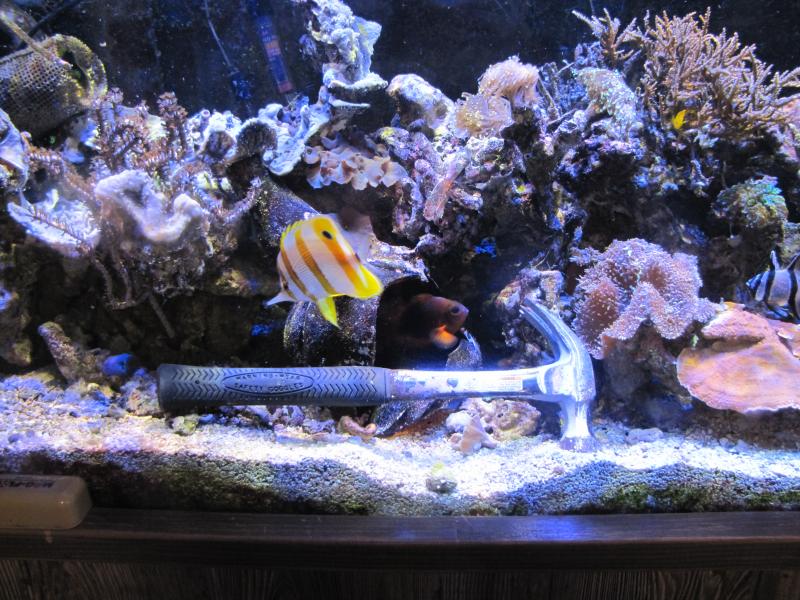Randy Holmes-Farley
Reef Chemist
View Badges
Staff member
Super Moderator
Excellence Award
Expert Contributor
Article Contributor
R2R Research
My Tank Thread
- Joined
- Sep 5, 2014
- Messages
- 67,930
- Reaction score
- 64,367
How can we visualize 32ppb of copper? 32 marbles in a 100 gallon? Or 1000 gallon?
lol
Well, if it was a billion ppb it would be a block of solid copper metal.
Volume of 1 marble is about 1 cm3 = 1 mL.
Volume of 1 gallon is 3,785 mL
Volume of 1,000 gal is 3,785,000 mL
So 1 marble in 1000 gallons is about 1/3,785,000 = 264 ppb
So 1 marble in 8,000 gallons.



















